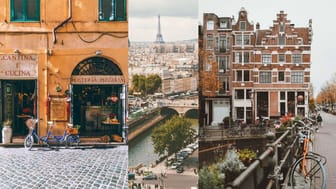Ostia Antica
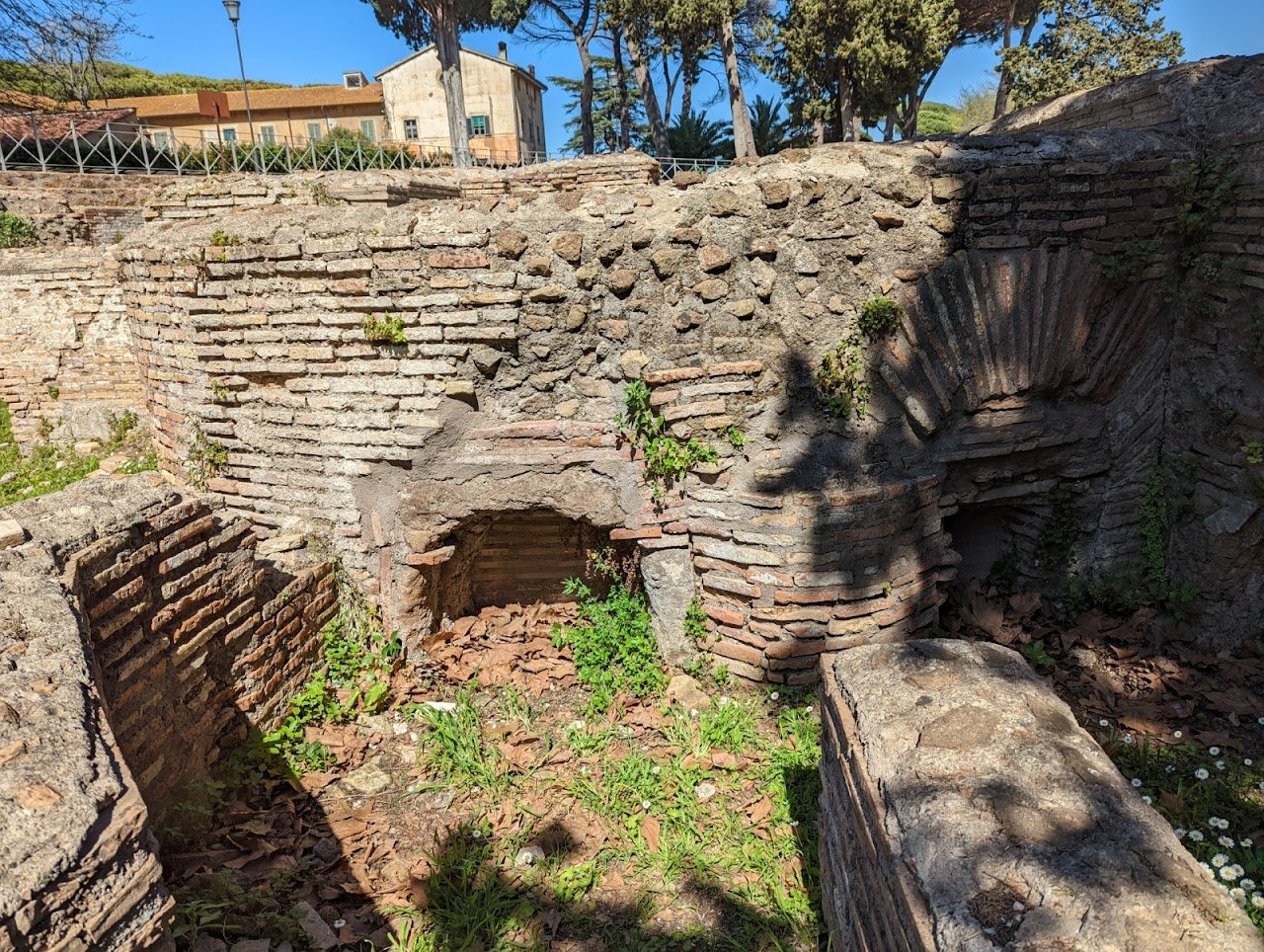

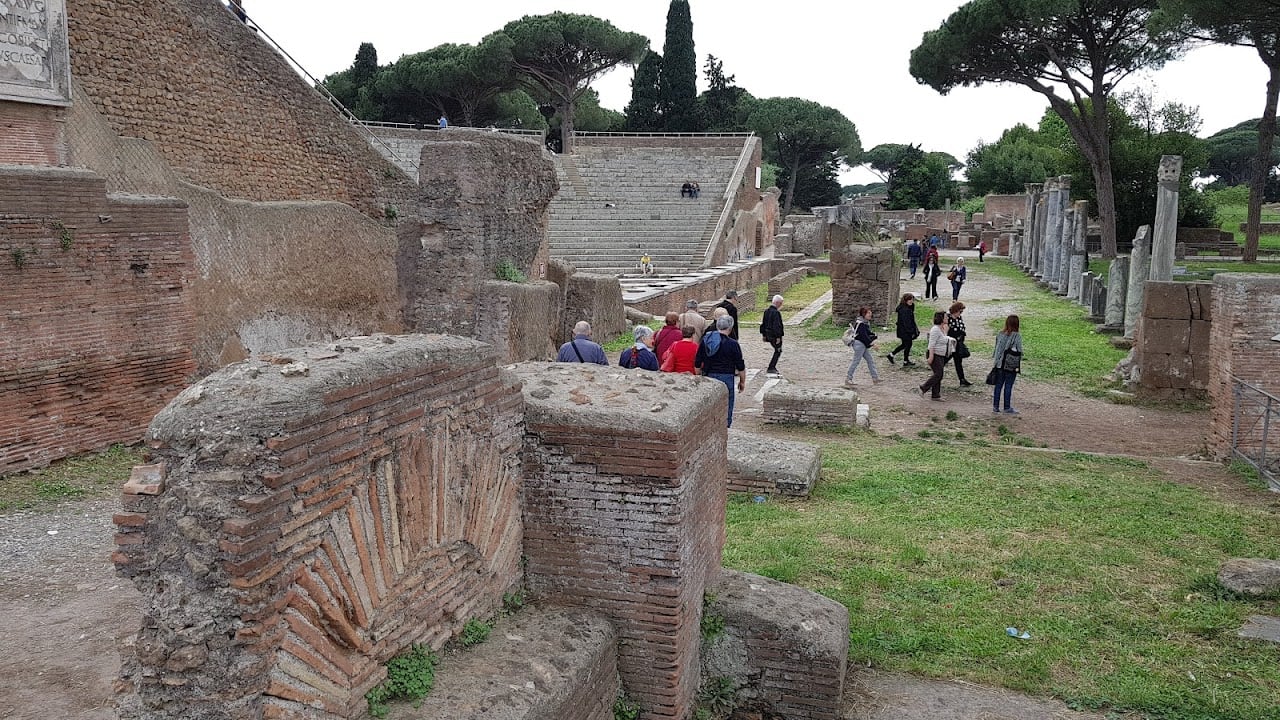
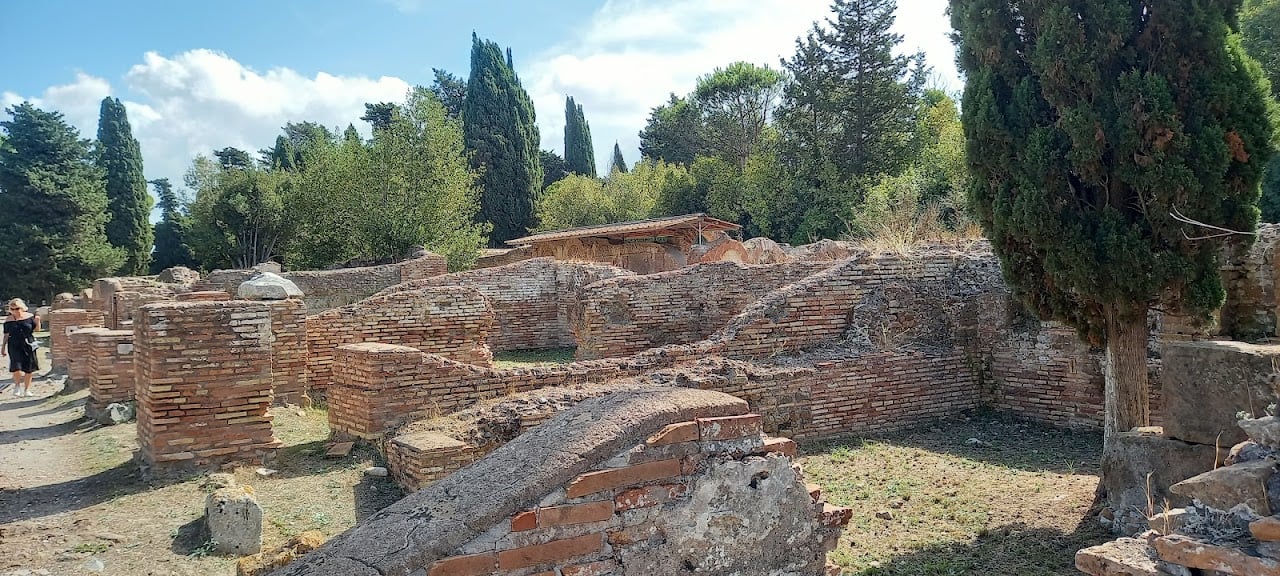
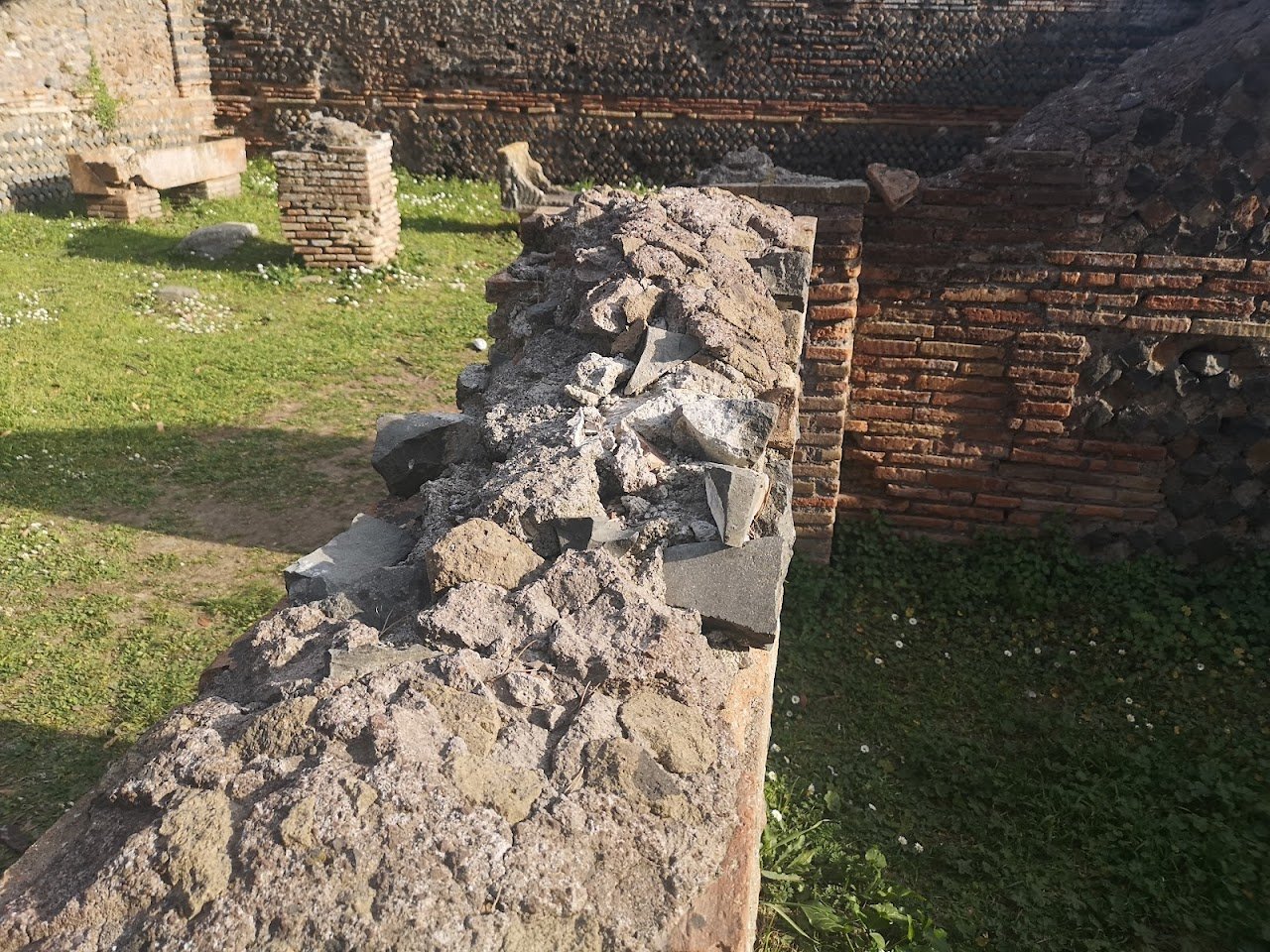
Ask ThatchGPT
Suggest a local expert to plan my trip
Suggest an unique itinerary for my Italy trip
What foods do Italy locals eat
What are some true hidden gems in Italy
Help me brainstorm trip ideas for Italy
Help me plan a family-friendly trip to Italy
What people say
Francesca Lallement
"Archaeological remains suggest Ostia Antica dates back to IV century BC and was born as a castrum (military fortification) to control the mouth of the river Tiber and therefore access to Rome via water.
Over the course of the centuries Ostia developed into a large and important city: its original perimeter of walls was replaced by a bigger one in the first century and 3 entrances to the city remain: Porta Romana, Porta Marina and Porta Laurentina.
Ostia grew in importance for a centuries and reached its peak in the I and II century AD. After this time, the city went through a slow decline and it looks like it was abandoned between the IX and X century: at this time, the population left the ancient city and moved farther East in the medieval ‘borgo’ of Gregoriopoli.
-TIP 1: The best way to visit Ostia Antica is to come equipped with a good pair of walking shoes and get hold of the audio guide and the (free) map available at the ticket office.
Taking the audio guide is worth it as in Ostia you do not have info panels explaining what the ruins you are looking at used to be.
-TIP 2: Every first Sunday of the month free entrance for Archaeological area
-Opening hours: from Tuesday to Sunday, check the site for the timetable.
-Tickets: Adults € 18
Can be purchased at the ticket office from Tuesday to Sunday. Only electronic payment is allowed, no cash payment. If you prefer, you can buy your ticket online. "
Read more in:
Federica Rustico
"All archeological fans need to visit Ostia Antica — Ancient Rome’s seaport at the mouth of the Tiber River founded by the fourth king of Rome – Anco Marcio. The best part? You won’t find the tourist crowds you get in other archeological sites like Pompeii! Historically, Ostia Antica was a key port for the Romans, where innumerable goods were exchanged. Today, it is known as Rome’s “ghost town” for its wonderfully preserved ruins of streets, villas and frescoes. Check out the Terme di Nettuno, baths that date back to the 2nd century boasting stunning mosaic floors to be completely swept off your feet! To reach Ostia Antica take the Ostia Lido train from San Paolo Station and get off at Ostia Antica. For lunch, take the metromare to Lido di Ostia (or drive for 10 minutes) and go to the restaurant La Vecchia Pineta. "
Read more in:
Danielle Cohen
Available for hire
"Ostia Antica are a compilation of ancient ruins, about half an hour by train from central Rome. It was once an ancient Roman city and the port of ancient Rome located at the mouth of the Tiber River. It is near modern Ostia, 25 kilometres southwest of Rome. Now it sits 3km from the sea, due to water pollution and the invasion of sand. "
Read more in:
Mentioned in these guides
About Ostia Antica
Get the inside scoop on Ostia Antica from local experts, travel creators, and tastemakers. Browse genuine trip notes, Ostia Antica reviews, photos, travel guides, and itineraries from real travelers and plan your trip with confidence.
Address
Save this spot for later or start mapping out a new trip today
Try our AI Travel Assistant and get instant answers to any questions about your trip.
Ask ThatchGPT
